When it comes to choosing roofing materials for a home, there are plenty of options available in today’s market. From metal panels to clay tiles and everything in between, homeowners often find themselves weighing cost, durability, and aesthetics. One roofing material that continues to stand out as a popular and practical choice is asphalt shingles. Known for their affordability, ease of installation, and reliable performance, asphalt shingles have earned a strong reputation as a cost-effective solution for residential roofing.
Why Asphalt Shingles Remain a Popular Choice
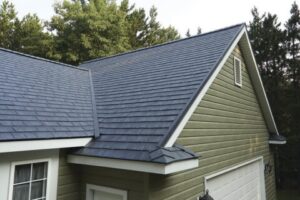 Asphalt shingles have been a staple in residential construction for decades, and their popularity shows no signs of waning. One reason for this is their wide availability and the fact that they come in various styles and colors, allowing homeowners to find an option that suits their specific tastes and complements their home’s exterior design. Whether someone is building a new home or replacing an old roof, asphalt shingles offer a level of versatility that makes them hard to overlook.
Asphalt shingles have been a staple in residential construction for decades, and their popularity shows no signs of waning. One reason for this is their wide availability and the fact that they come in various styles and colors, allowing homeowners to find an option that suits their specific tastes and complements their home’s exterior design. Whether someone is building a new home or replacing an old roof, asphalt shingles offer a level of versatility that makes them hard to overlook.
Another major draw is the affordability factor. Compared to other roofing materials such as metal or slate, asphalt shingles are considerably more budget-friendly, both in terms of material costs and installation. For many homeowners, especially those managing a tight renovation budget, asphalt shingles present a cost-effective solution that doesn’t sacrifice quality or appearance.
Ease of Installation and Maintenance
One of the key benefits of asphalt shingles is the ease of installation. Roofing contractors are typically very familiar with working with this material, meaning that installation can be completed quickly and efficiently. This translates to lower labor costs and less disruption for the homeowner during the installation process. Because of their lightweight nature, asphalt shingles do not require structural reinforcements, which can also help keep project costs down.
Maintenance is another area where asphalt shingles shine. While no roofing material is entirely maintenance-free, asphalt shingles generally require less attention than more complex systems. They are easy to repair if a section becomes damaged, and individual shingles can be replaced without needing to redo the entire roof. This makes it easier for homeowners to stay on top of roof care without the stress of large repair bills.
Durability and Protection from the Elements
Although asphalt shingles are often chosen for their affordability, they also offer a solid level of durability. Modern manufacturing methods have improved their strength and longevity, with many shingles now designed to resist wind, hail, and moisture. Some types of asphalt shingles even offer fire-resistant features, which adds another layer of protection for homes located in high-risk areas.
Depending on the climate and the specific product used, an asphalt shingle roof can last between 15 to 30 years, which makes them a reliable option for long-term investment. Manufacturers also offer warranties that reflect their confidence in the product, providing additional peace of mind to homeowners.
Energy Efficiency and Environmental Considerations
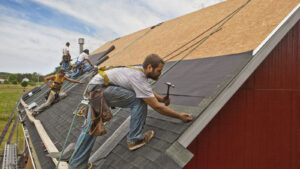 With growing awareness about energy use and environmental impact, many homeowners are looking for materials that can contribute to a more sustainable home. Asphalt shingles can play a role in this regard. Some products are designed with reflective coatings that help reduce heat absorption, keeping homes cooler in the summer and reducing the need for air conditioning. This energy efficiency translates to lower utility bills and a reduced carbon footprint.
With growing awareness about energy use and environmental impact, many homeowners are looking for materials that can contribute to a more sustainable home. Asphalt shingles can play a role in this regard. Some products are designed with reflective coatings that help reduce heat absorption, keeping homes cooler in the summer and reducing the need for air conditioning. This energy efficiency translates to lower utility bills and a reduced carbon footprint.
From an environmental standpoint, asphalt shingles are also becoming more eco-friendly. Many manufacturers now produce shingles with recycled content, and at the end of their life cycle, asphalt shingles can be recycled for use in road construction and other materials. This shift toward sustainability is helping asphalt shingles shed their image as a disposable option and become part of the larger conversation about green building materials.
Versatility in Design and Appearance
The aesthetic flexibility of asphalt shingles is another reason why homeowners continue to choose them. They are available in a range of textures, colors, and designs, including styles that mimic the look of wood shakes or slate tiles. This allows homeowners to achieve a high-end appearance without the associated costs of premium materials.
With the ability to match virtually any architectural style, from traditional to modern, asphalt shingles make it easy to enhance curb appeal without compromising on cost or functionality. Their design adaptability is particularly helpful for homeowners aiming to boost property value or prepare a home for sale.

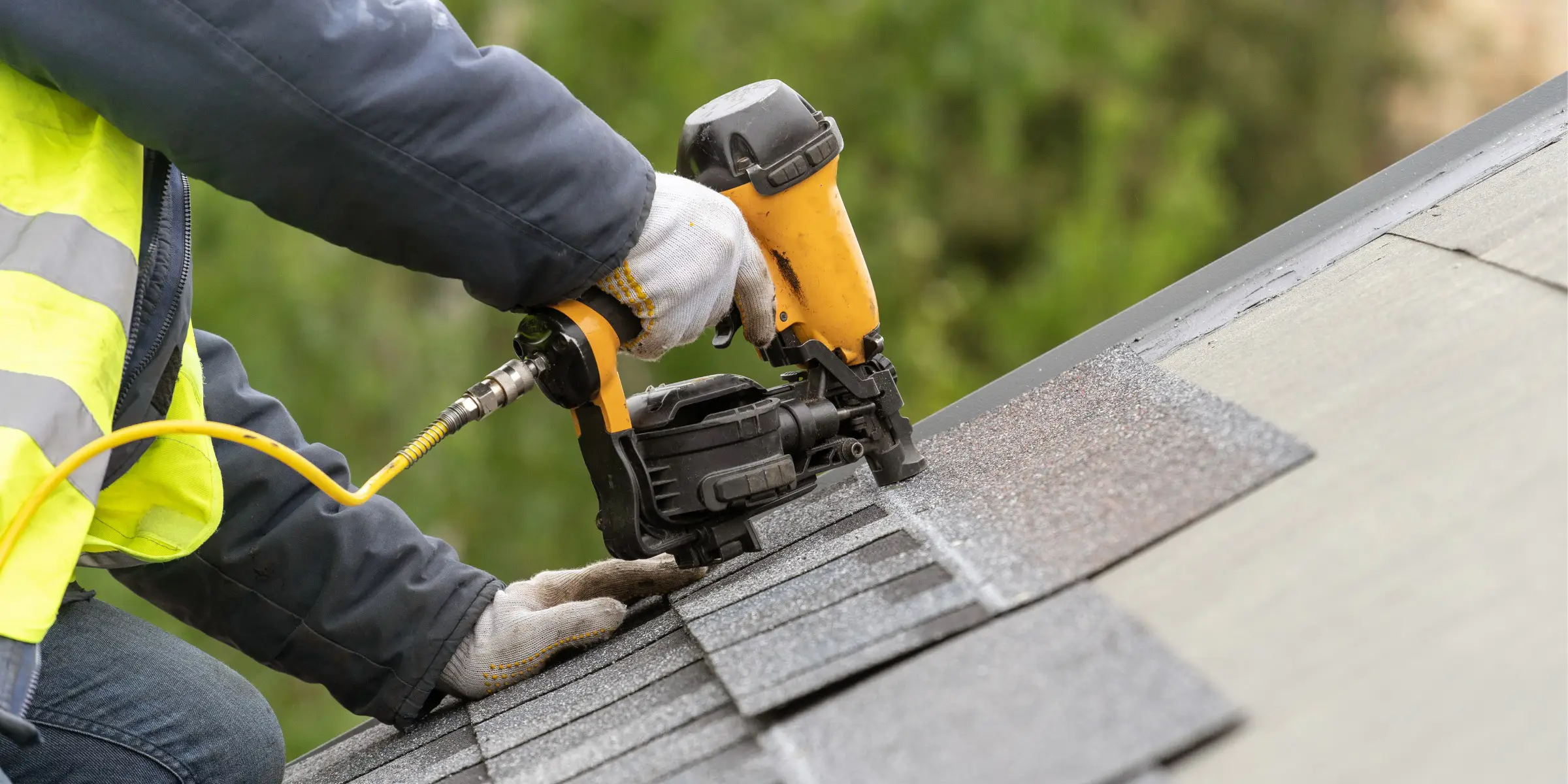
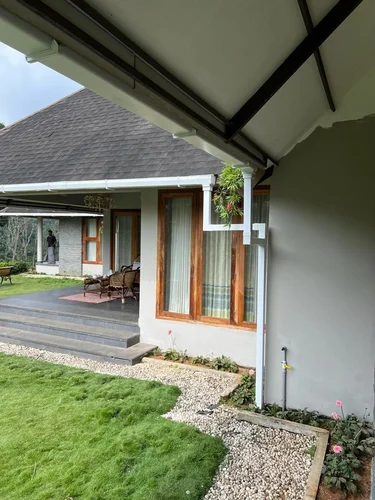 Rain gutters are installed along the edges of your roof to collect and channel rainwater through downspouts, directing it away from your home’s foundation. While this system primarily protects the structural integrity of your house, it also has a significant impact on your garden. If rainwater is not properly diverted, it can accumulate around your home, saturating the soil and leading to pooling or flooding in your garden beds.
Rain gutters are installed along the edges of your roof to collect and channel rainwater through downspouts, directing it away from your home’s foundation. While this system primarily protects the structural integrity of your house, it also has a significant impact on your garden. If rainwater is not properly diverted, it can accumulate around your home, saturating the soil and leading to pooling or flooding in your garden beds.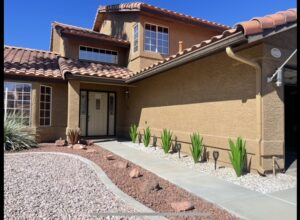 The key to protecting your landscaping from water damage is to ensure your rain gutters are well-maintained and properly configured. Start by regularly
The key to protecting your landscaping from water damage is to ensure your rain gutters are well-maintained and properly configured. Start by regularly